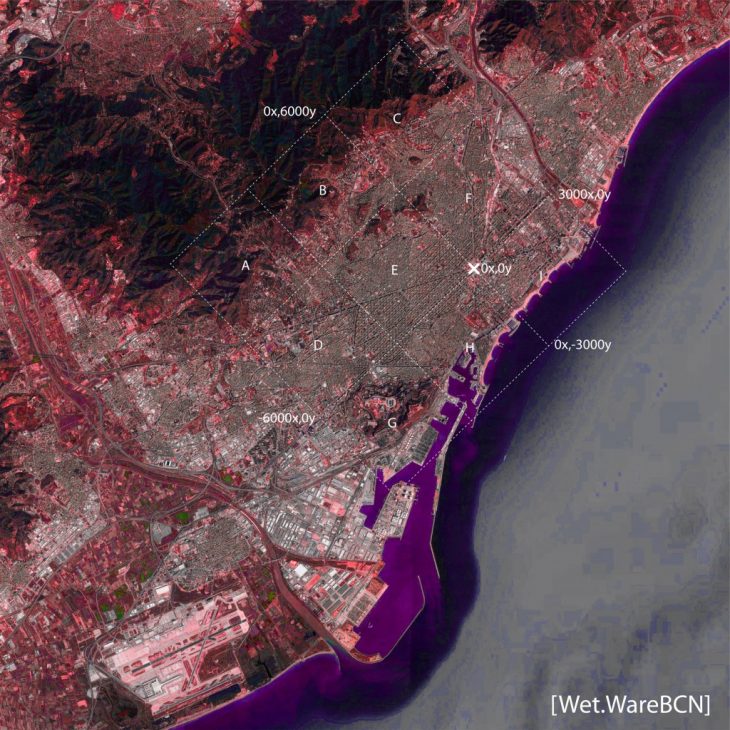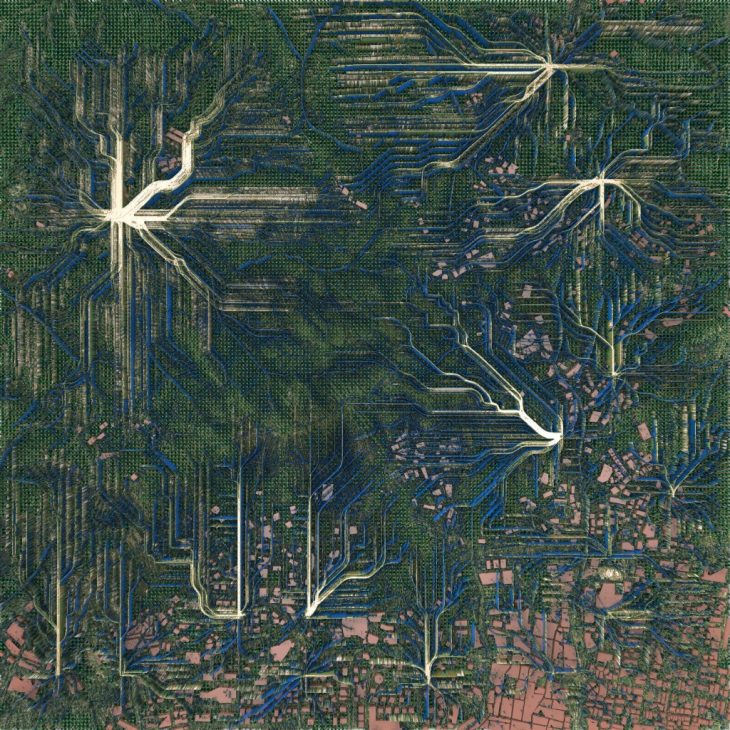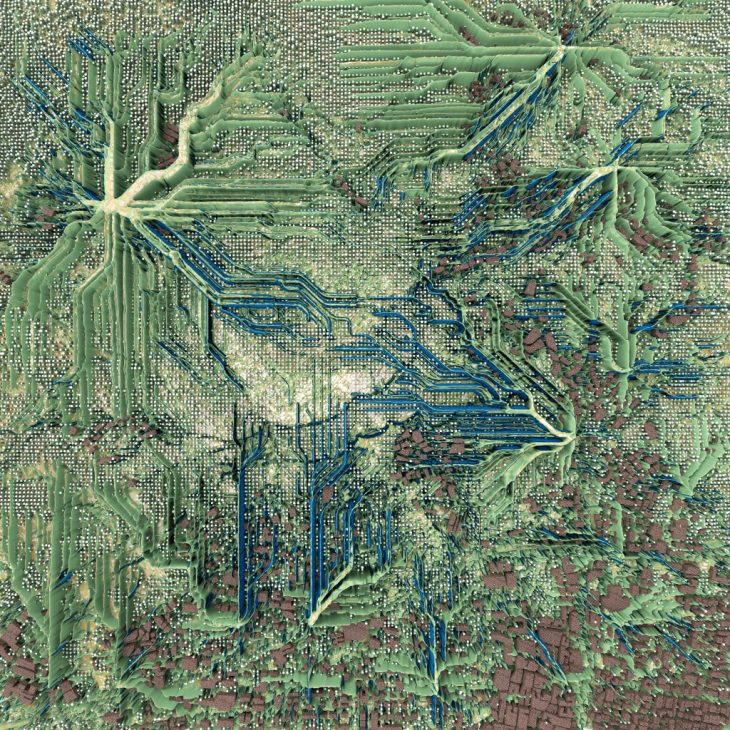Brief
Wet.ware BCN project is try to explore a new type of language which combine urban planning, computational work, biology and art together to discuss the urban development and potential future of the city. The reaserch is based on Barcelona. The main city zone was divided into nine 3000*3000 regions for nine groups.
Location
Region A is at the top left corner of the city. The majority land of this region is mountain. The city is spread into the mountain area and connect to another city.
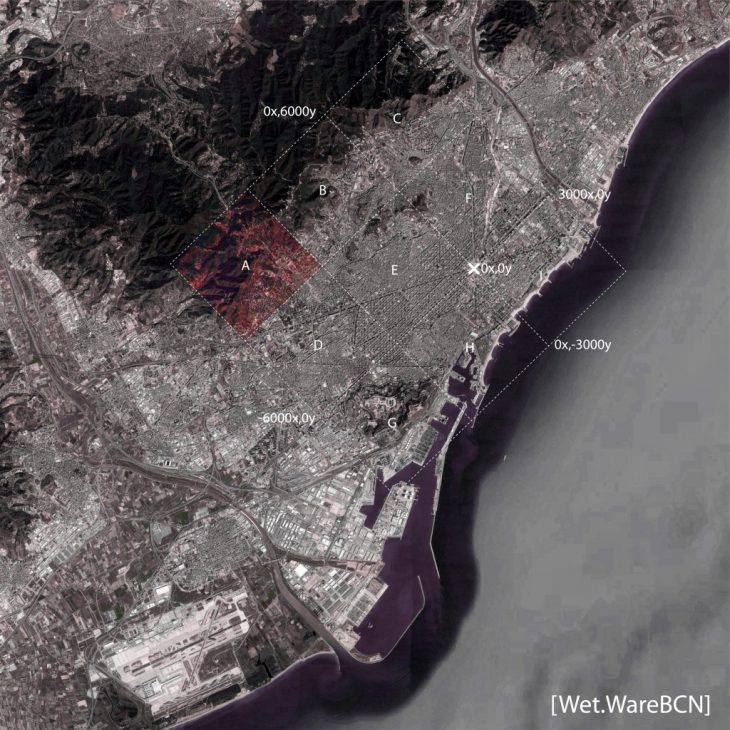
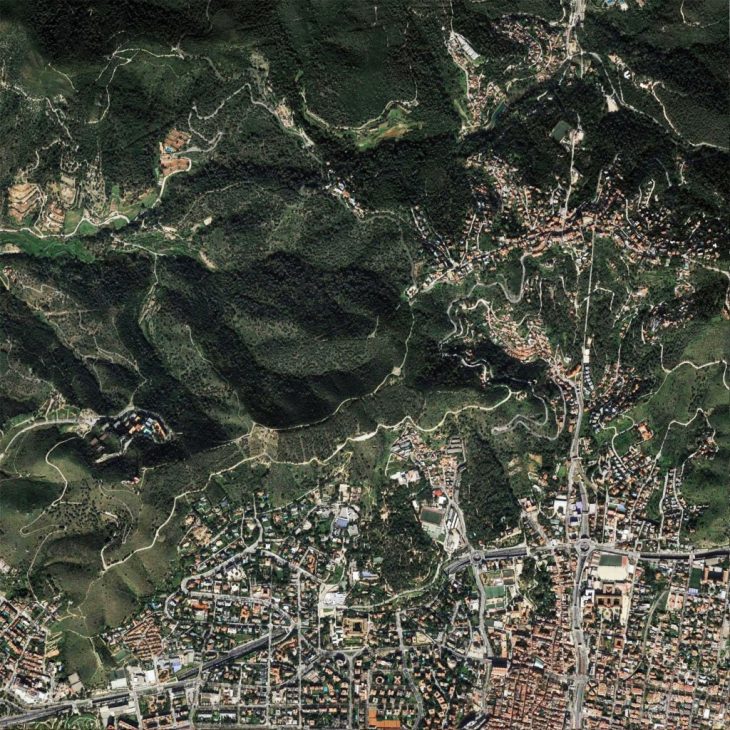
Computational Analysis
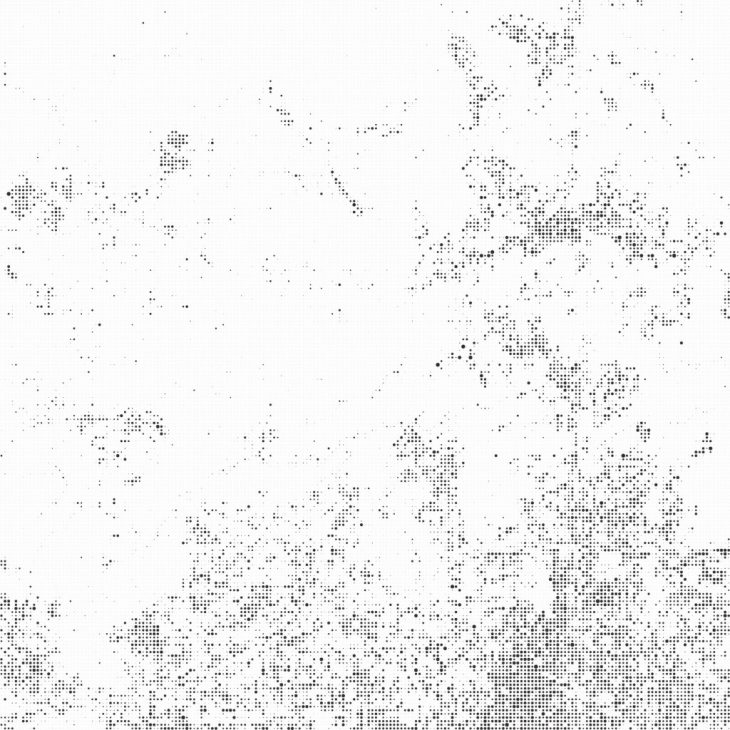
Construction area
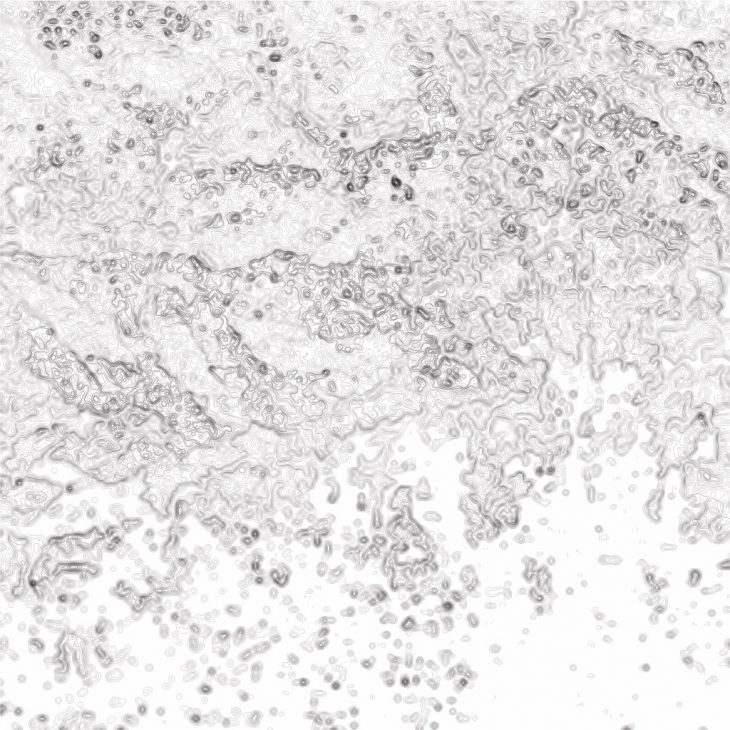
Vegetation density
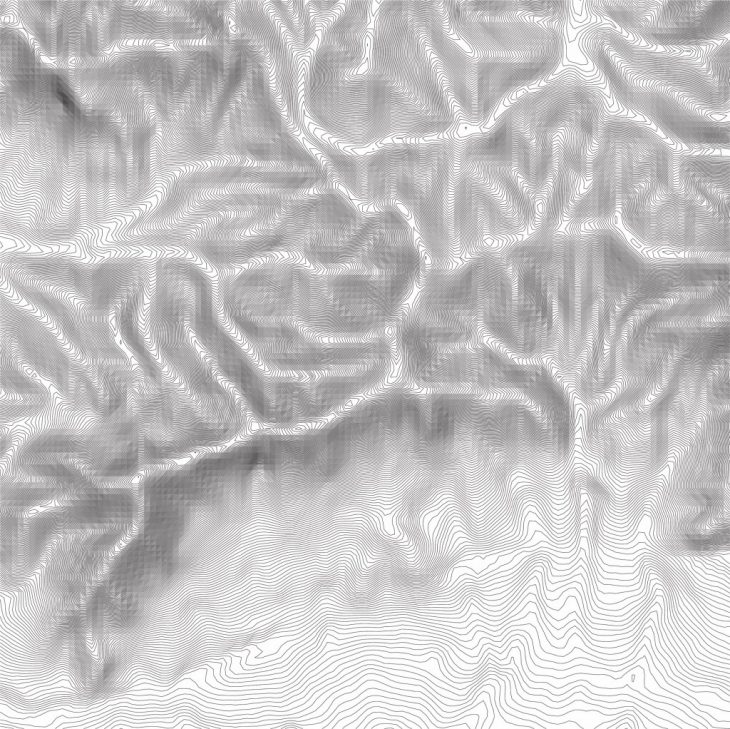
Topography
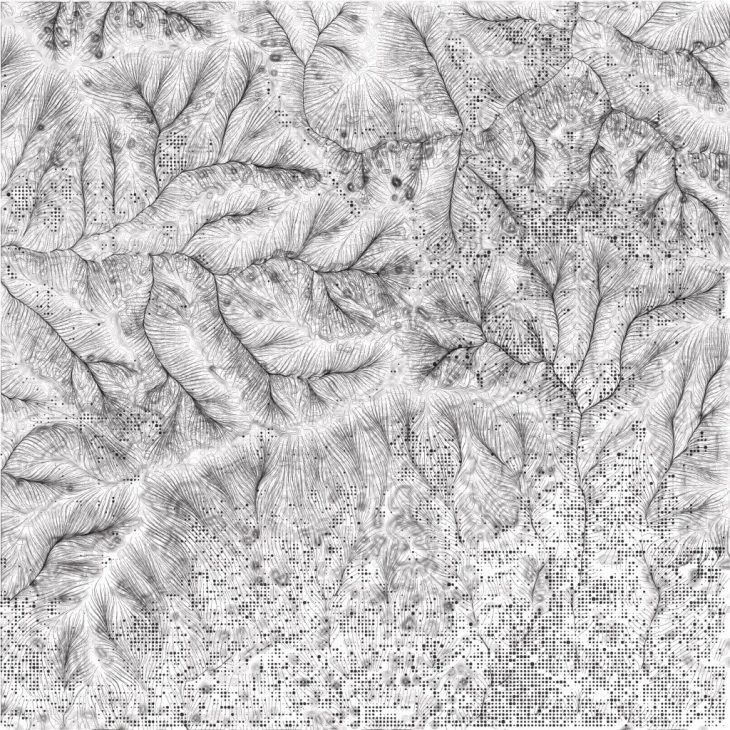
Tendencyline of terrain with construction and vegetation
Carbon Dioxide Calculation
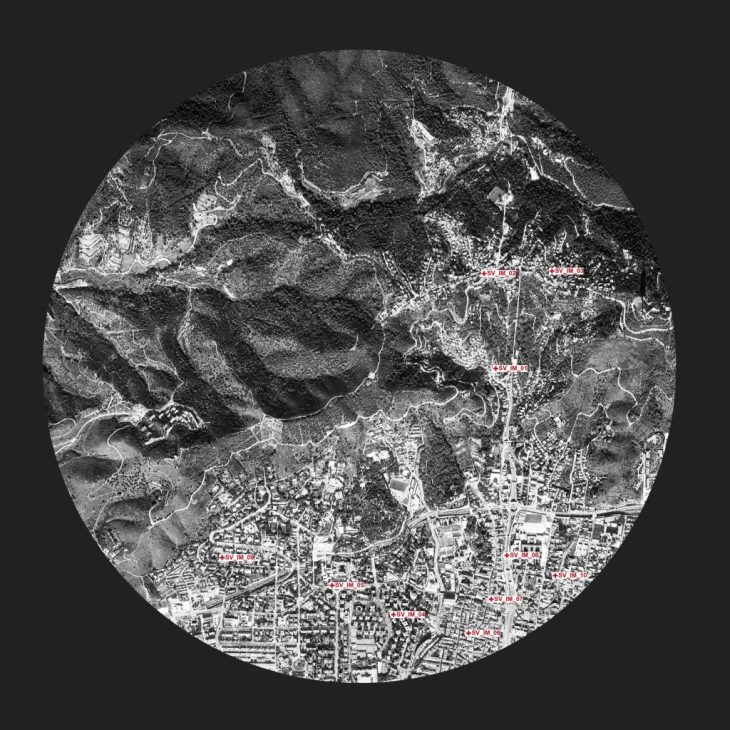
Select serveral points of the region
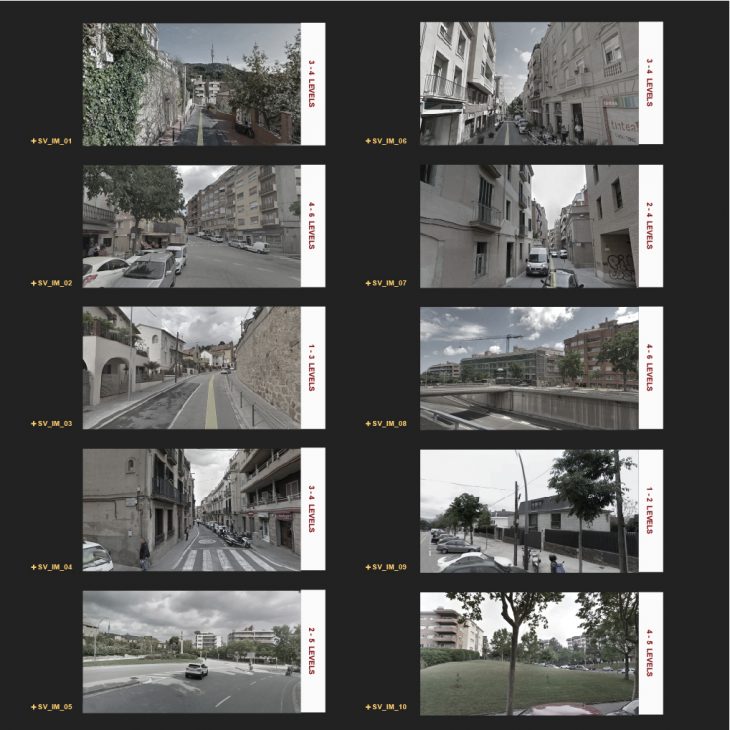
Collect the data of the construction height of those points

Use the data as the reference to calculate the greenhouse gas emission
Connection
Select several location of the city as the source points. Make the shortest path from the gradient points to the source points to get the connection. Changing the location of source points and the gradient field condition could get different results.
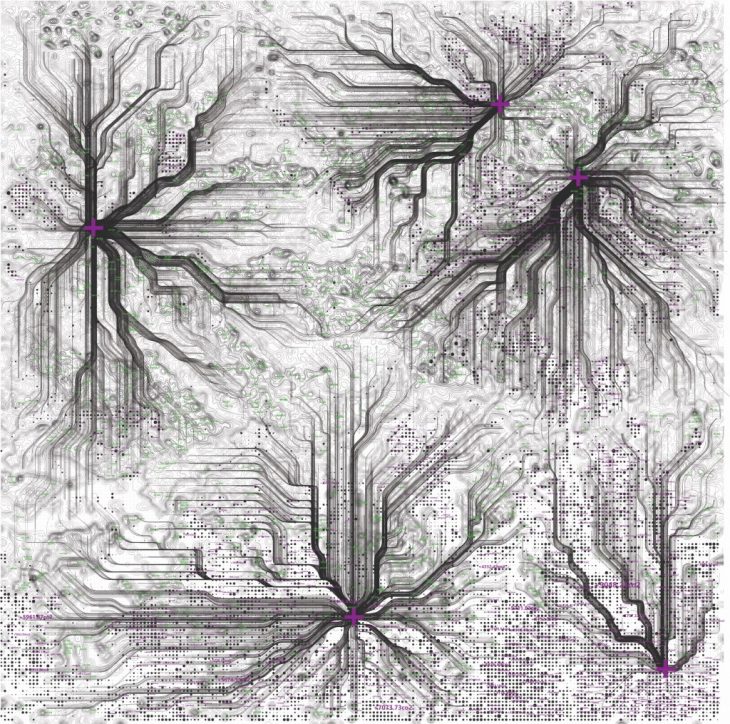
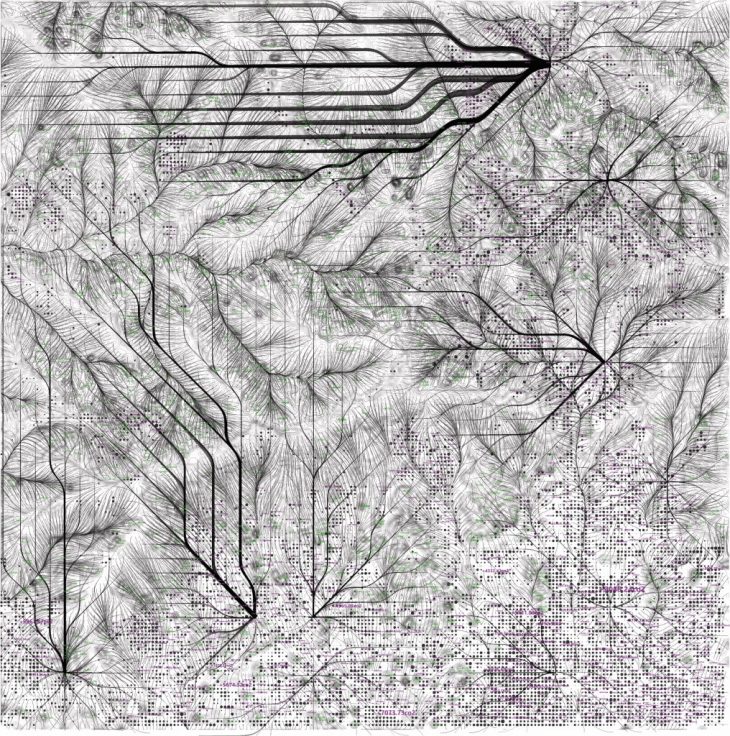
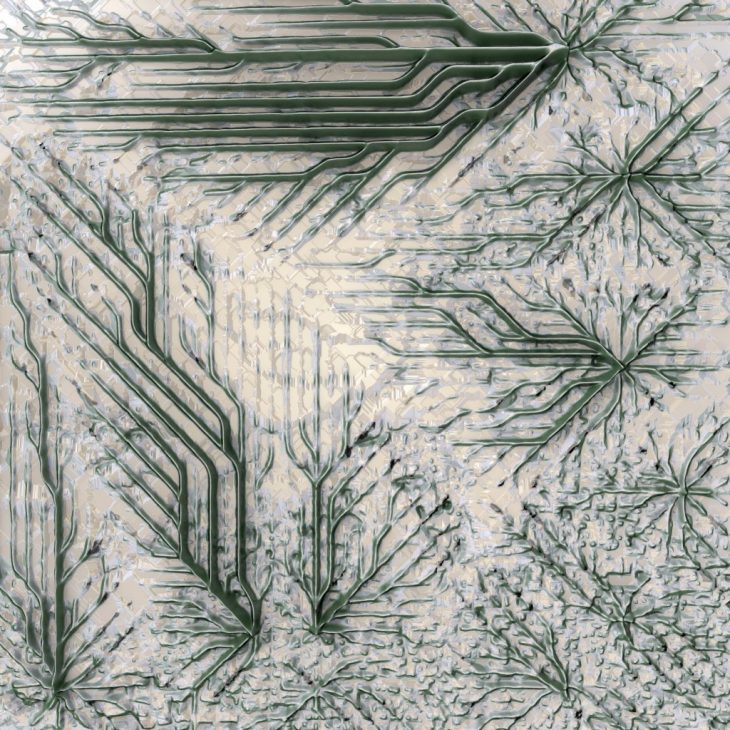
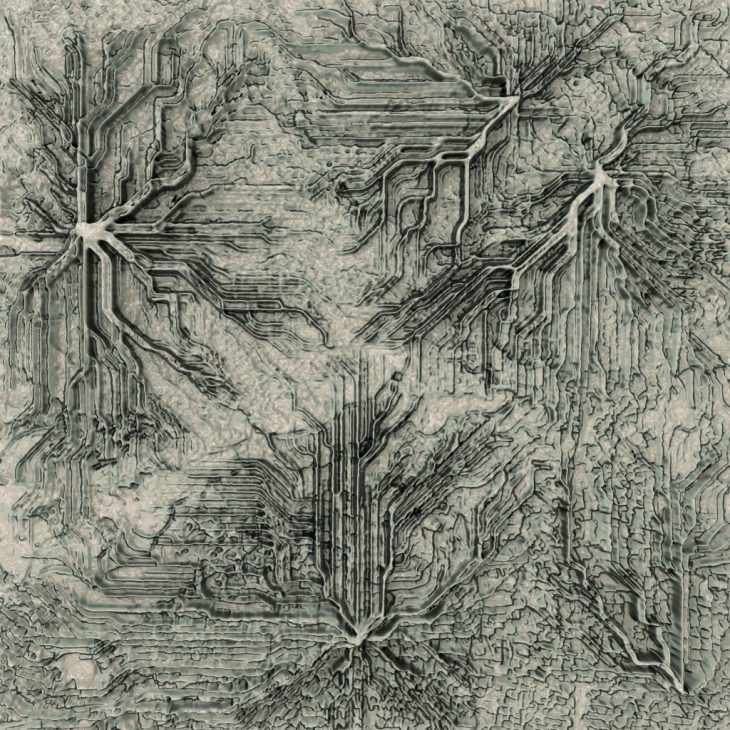
Bio-intelligence
Since slime mold has the character of always searching for the most efficient path to the food. It could be a good partner of the reaserch. Imagine the whole city is their culture dish. They can create interesting and efficient connection for the city.
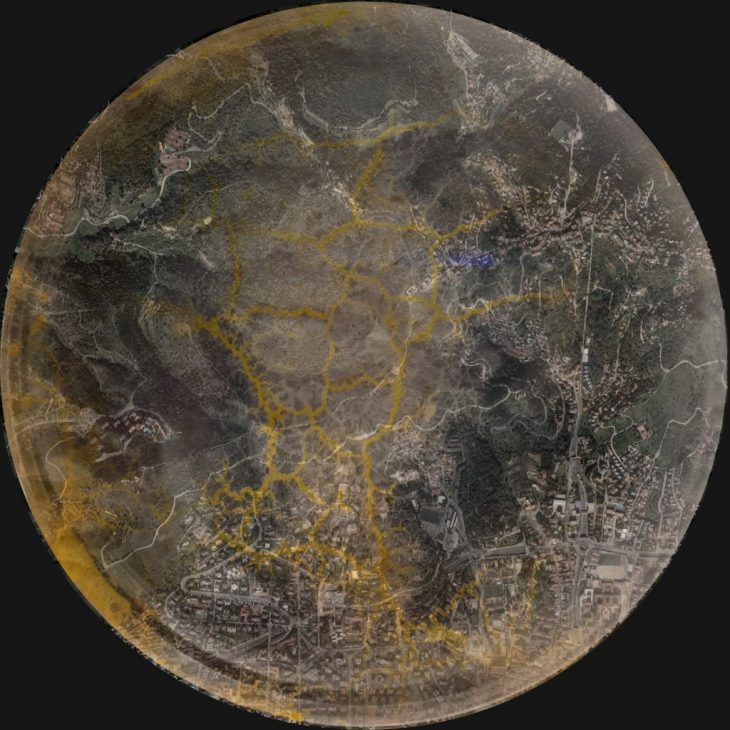
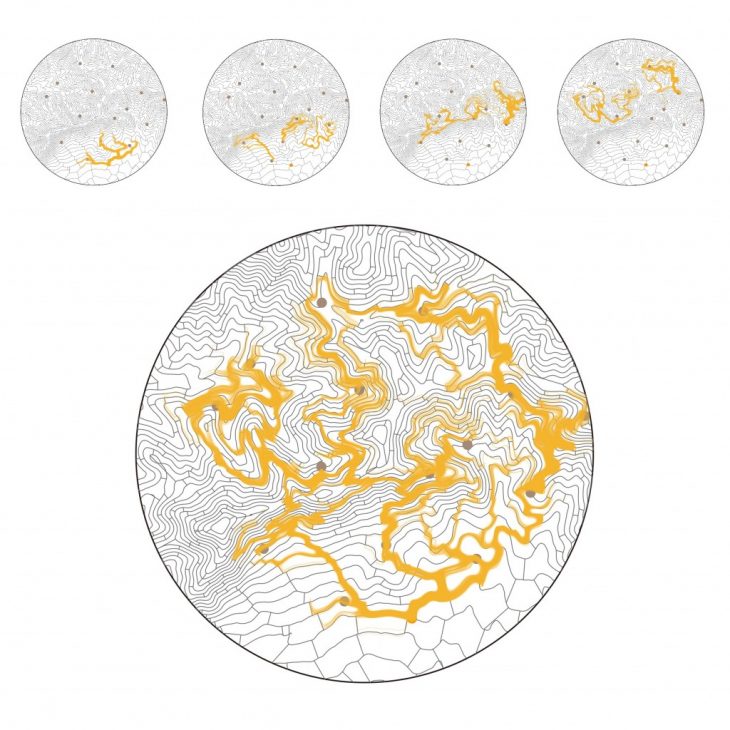
Further Exploration
The gradient field, source point and network are three parameter of the reaserch. Change them to discuss different problem and get different results.
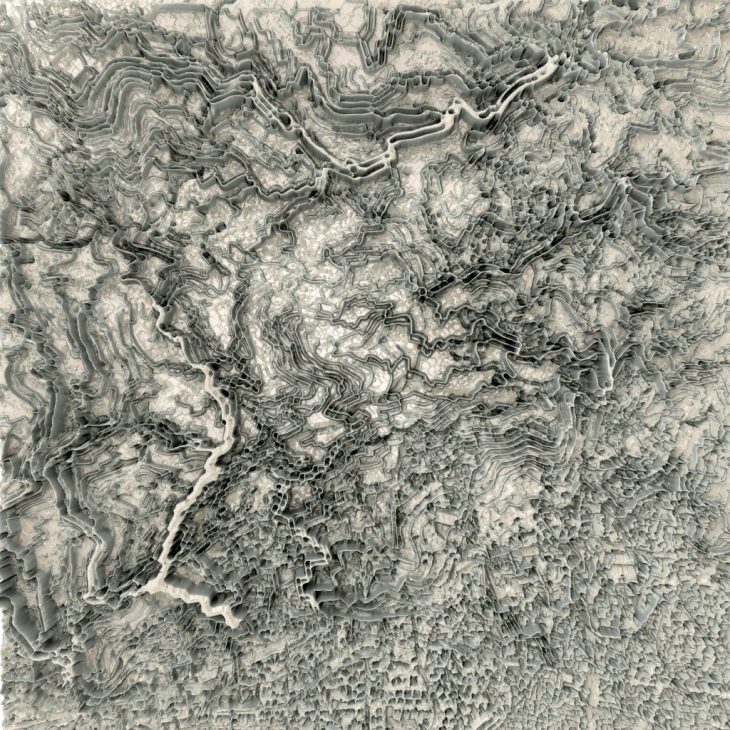
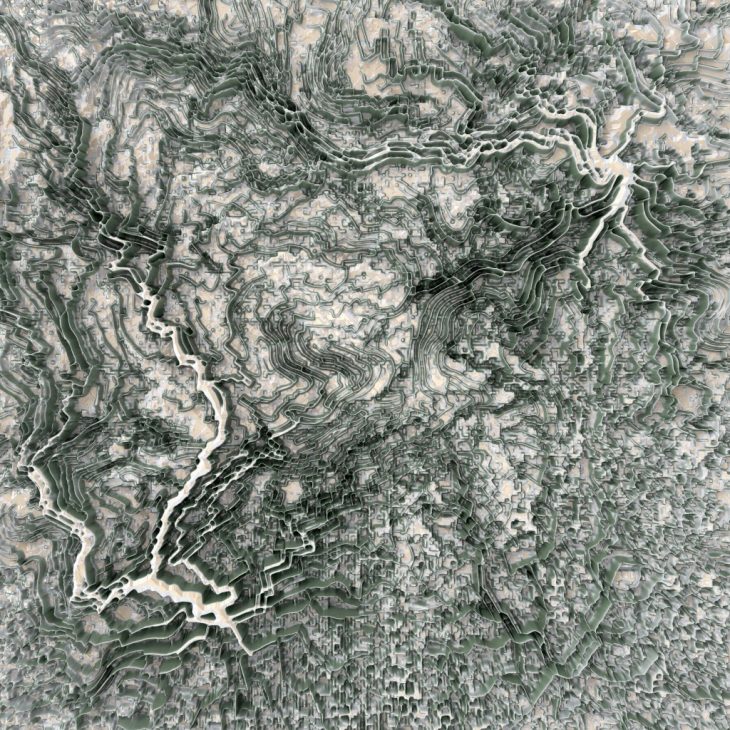
Create network based on the contour lines of the terrain. The connection is closer to the real path of slime mold.
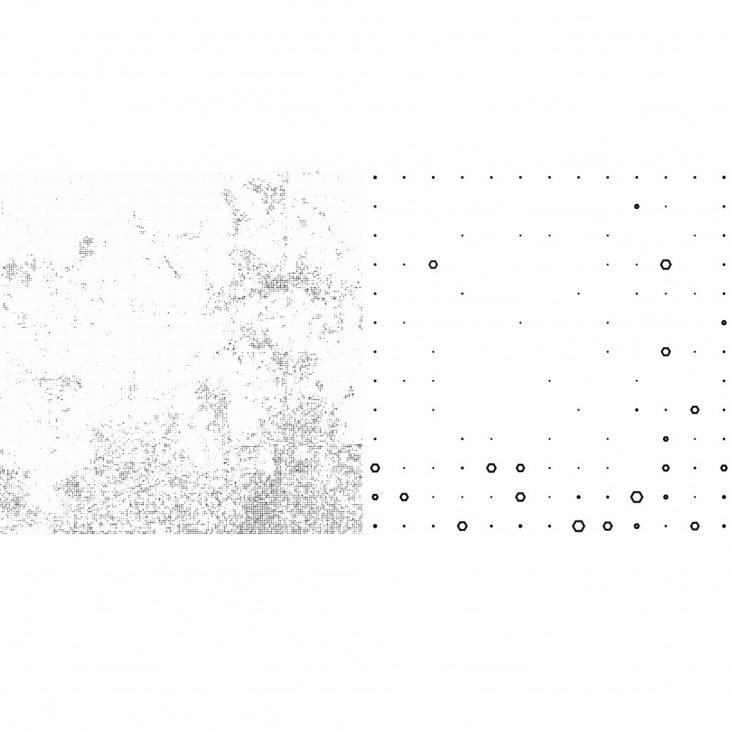
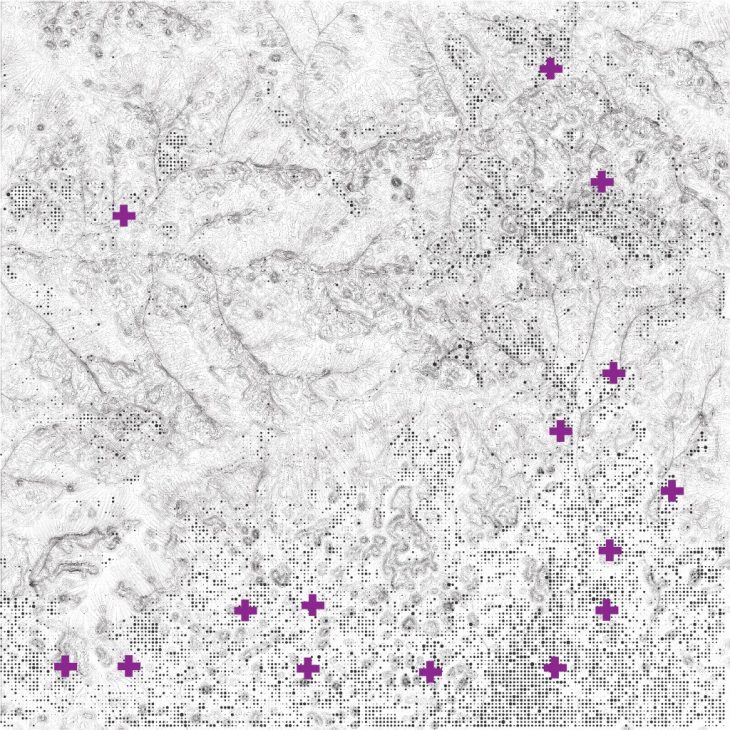
Decrease the resolution of construction gradient and increase the size of the polygon can get the highest living density of the area. Use them as the source points.
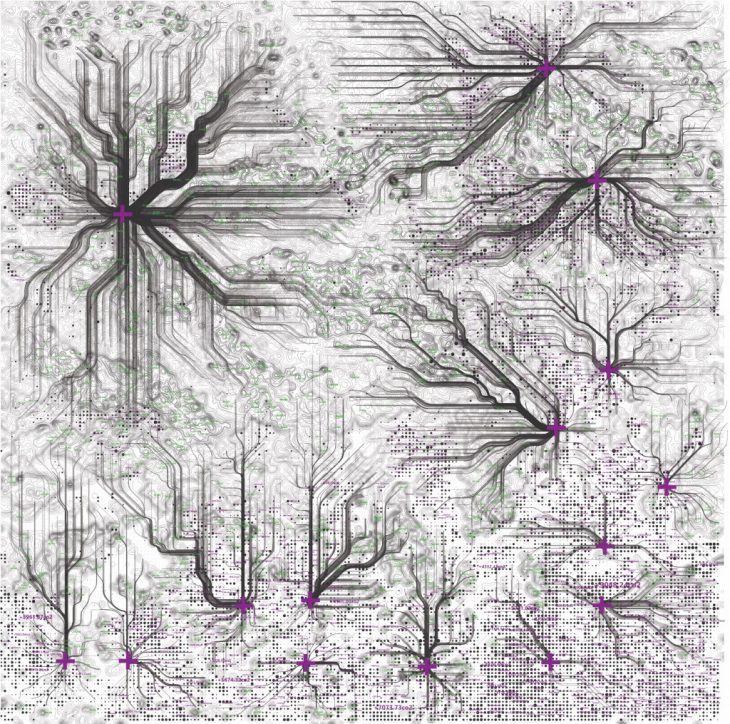
Connection between urban area and natural area
